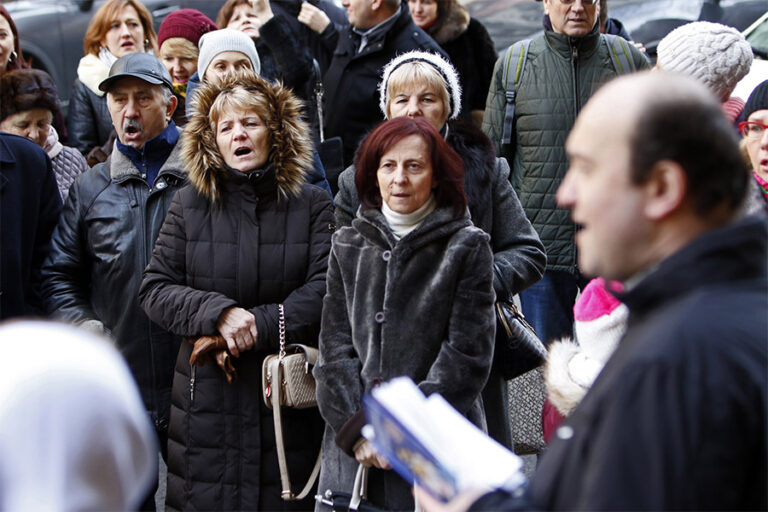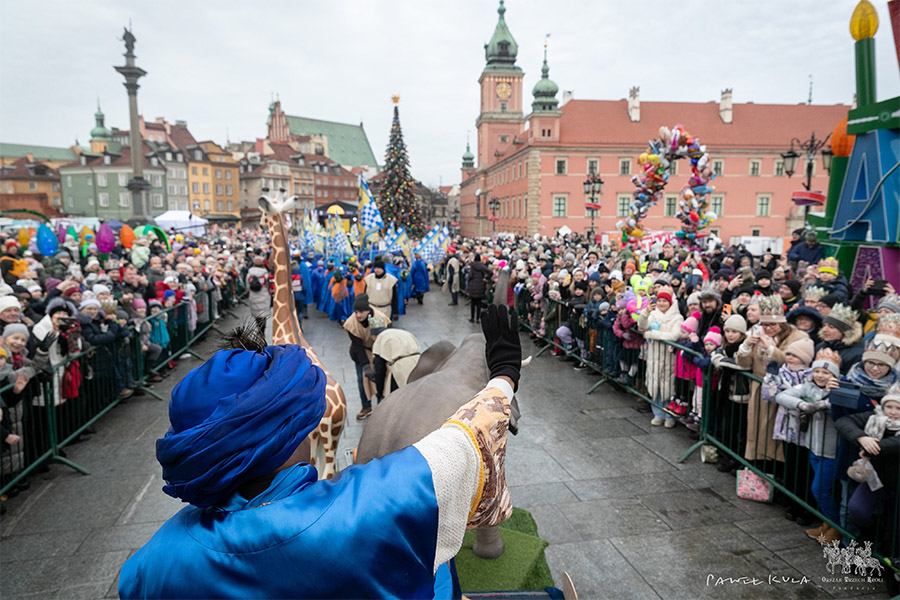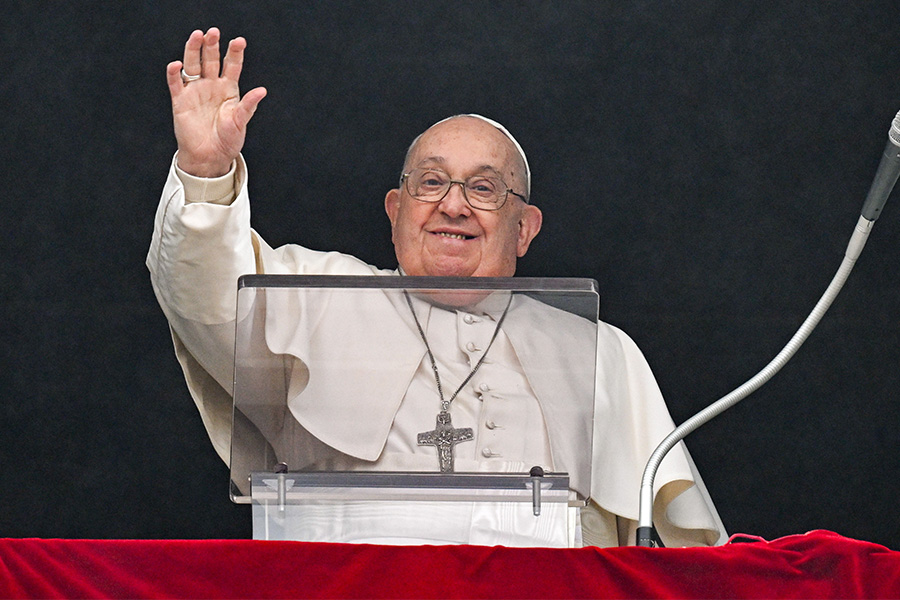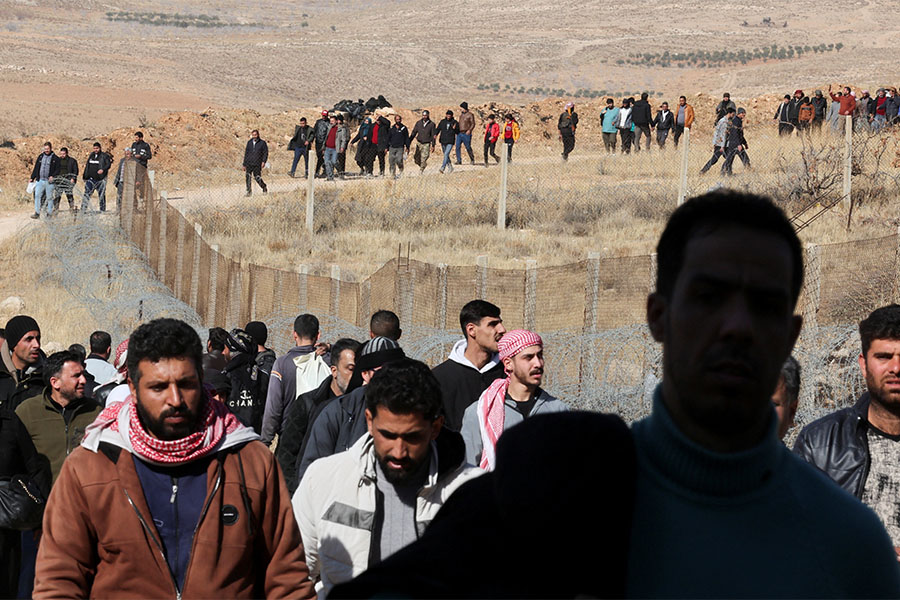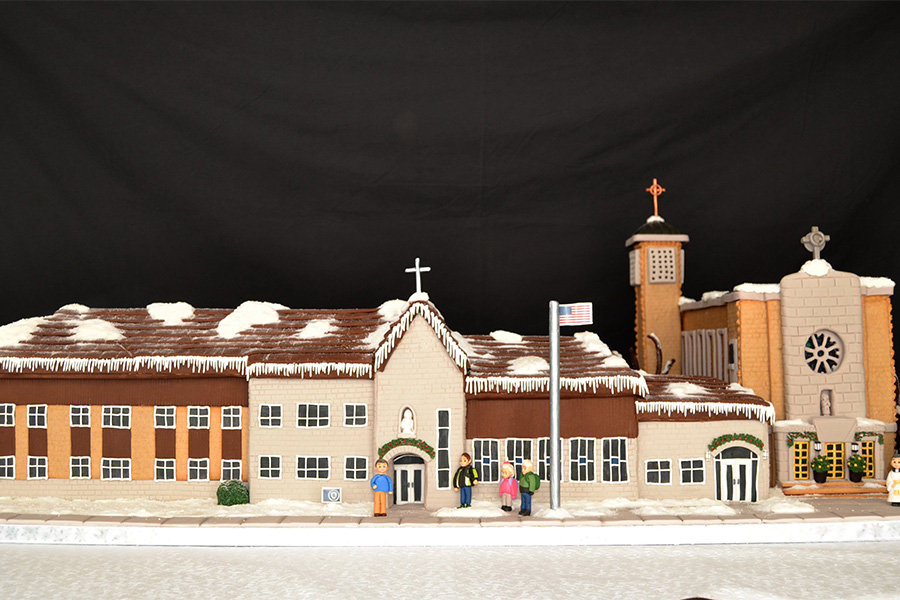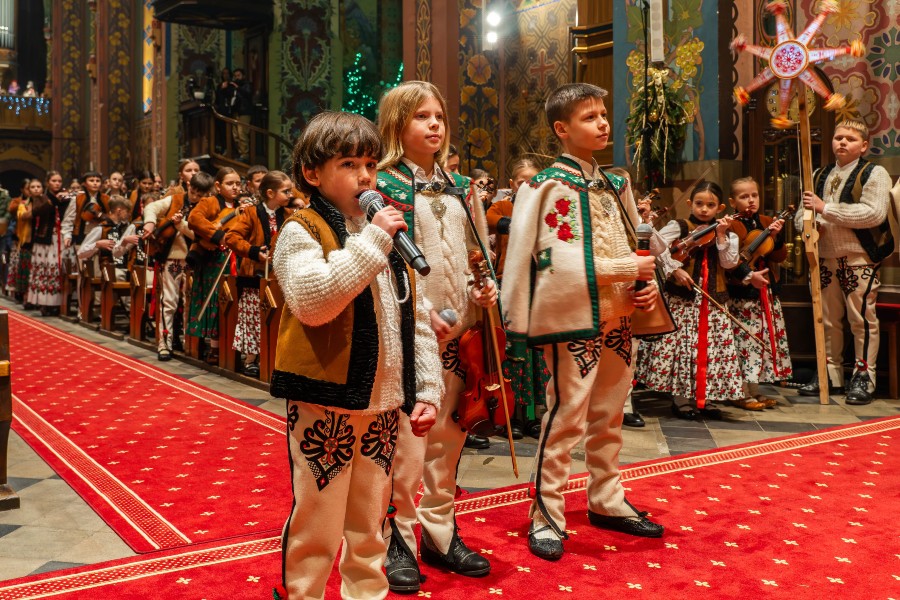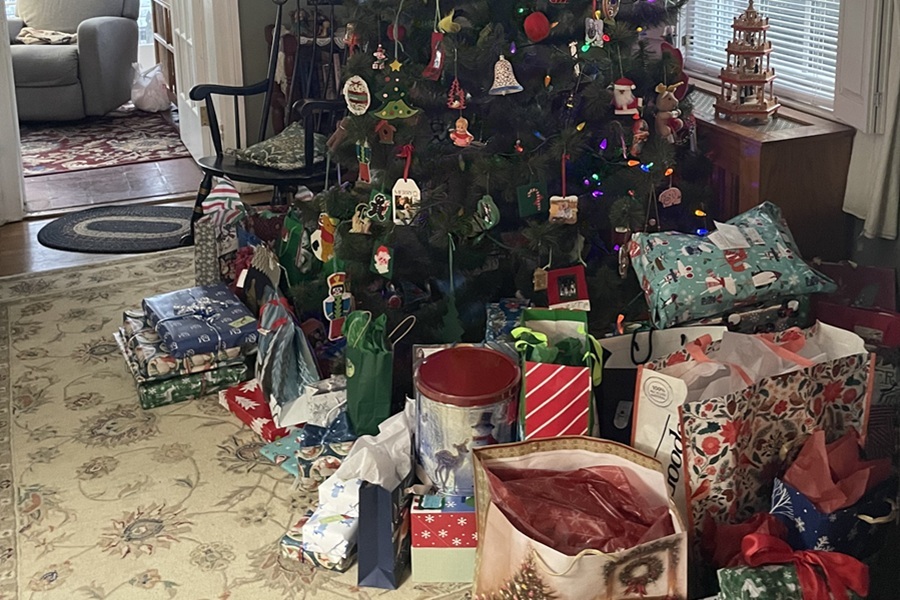What would the Christmas season be without carols? These seasonal songs seem to greet us everywhere this time of year with their familiar melodies and lyrics. Though we may know the first verse and the refrain of a number of Christmas carols, do we know the origin of these songs we sing each December?
The singing of psalms and songs of praise in worship dates back to earliest Christian times, of course, a tradition with roots in Jewish religious custom. Hymns written especially in honor of Christ’s birth first appeared in the early centuries, such as “Of the Father’s Love Begotten,” composed by the Latin poet Aurelius Clemens Prudentius (348-413).
Over time, the repertoire of Latin chant that developed for use in the Mass came to include propers written especially for the Nativity and nearby celebrations on the church calendar, such as Advent and Epiphany. Their words were based on Scripture and other sacred texts.
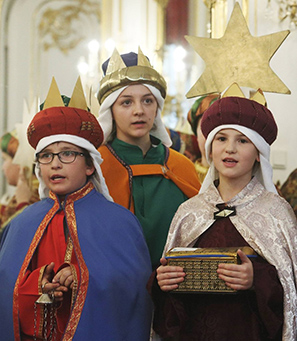
The kind of popular song we would typically call a “Christmas carol” today, however, had different origins. The word “carol” probably comes from the French “carole,” a circle dance accompanied by singing, often with a verse and refrain pattern.
Up through the later Middle Ages, “caroles” were thus typically dance music for communal celebrations. But eventually they were used also as processional songs during religious festivals and as accompaniment for religious mystery plays.
Only later did they come to be sung in churches and associated with Christmas in particular.
The singing of popular Christmas tunes received a boost from St. Francis of Assisi. In 1223 he formed a living Nativity scene on the outskirts of town, inviting the children of his village to come see the crèche while he taught them simple songs to honor the coming of the Lord.
This new December custom grew larger and more ornate each year, spreading throughout Europe, with each culture adding its own local customs to the celebrations. Carols were composed and learned by the common folk wherever the crèche and seasonal plays were performed.
To the chagrin of some local parish priests, many of these new Christmas carols borrowed melodies from well-known drinking songs. Clergy in some places opposed their being sung.
But the joy of singing carols was infectious and unstoppable. Bands of traveling singers and musicians, or carolers, as they would come to be known, performed on street corners, in taverns and in homes in village after village.
After the Protestant Reformation, which began in the 16th century, Lutherans followed the lead of their founder, the German Martin Luther (1483-1546), who encouraged his congregations to sing the popular songs of the Christmas season. But the 17th-century English Puritans outlawed the singing of Christmas carols, viewing them as “popish” holdovers.
Nevertheless, English Catholics (and no doubt some less strict Anglicans as well) continued to sing carols privately, such as “The First Noel” and “God Rest Ye Merry, Gentlemen.”
After the passing of the Puritans from power in England, several 18th-century Anglican composers produced joyous hymns for the season. For example, Isaac Watts (1674-1748) wrote “Joy to the World”; John Francis Wade (c. 1711-1786), “O Come, All Ye Faithful”; and Charles Wesley (1707-1788), “Hark! The Herald Angels Sing.”
During this time, the distinction between Christmas carols (popular songs for informal singing) and Christmas hymns (composed by skilled churchmen for formal use in worship) began to be blurred. Carols came to be sung in church, and hymns outside of liturgical settings.
Christmas carols of all types experienced a renaissance in England, America and elsewhere during the 19th century.
Some of the most familiar carols we sing today were composed at that time, such as “Silent Night,” “Away in a Manger,” “O Little Town of Bethlehem,” “It Came Upon a Midnight Clear,” “Sleep, Holy Babe,” “We Three Kings of Orient Are” and “What Child Is This” (using an old English melody, “Greensleeves”).
When the English Queen Victoria married her cousin Prince Albert of Germany in 1840, it became known that the royal couple was quite fond of Christmas carols. In an attempt to gain royal favor, numerous families and church groups came to the royal palace to sing for them.
Like the enthusiastic troubadours of past centuries, these English carolers of the Victorian age took to the streets of London with their songs.
In the United States, it was Lutheran and Methodist congregations, especially, who made carols popular both in worship and in the culture at large. By the end of the Civil War, caroling had become a way for many denominations to evangelize beyond their four church walls. Caroling groups brought joy to the sick and the homebound with their musical visits.
These days caroling groups have been replaced in many ways by recorded Christmas music. Yet the sight of a group of carolers at the shopping mall or in the neighborhood still brings the season to life and is a reminder of the true meaning of the celebration.
Read More Christmas
Copyright © 2024 OSV News

